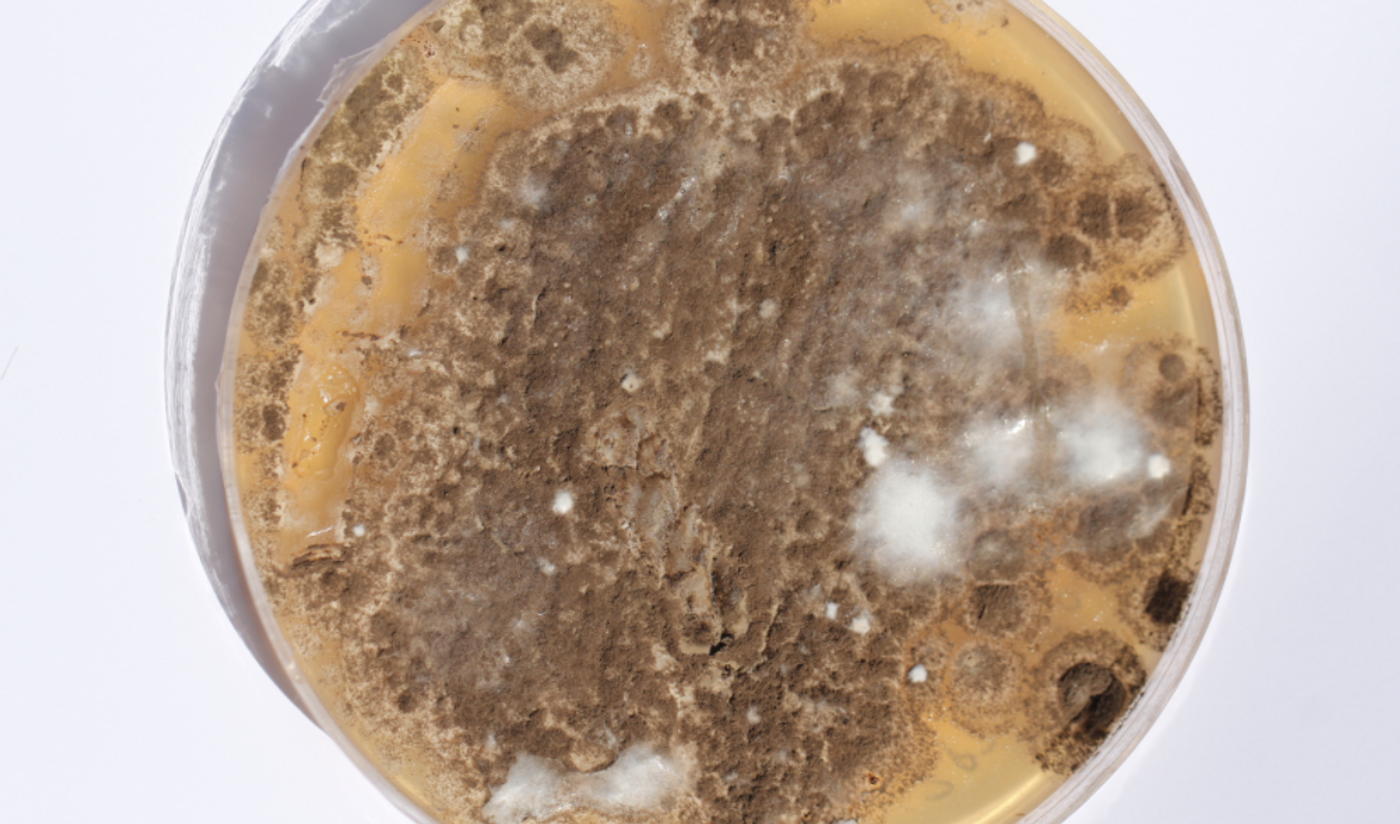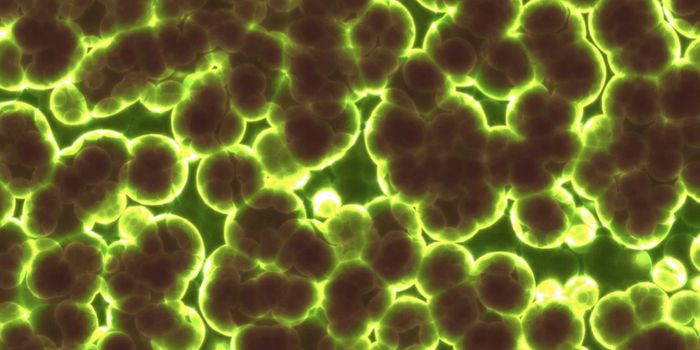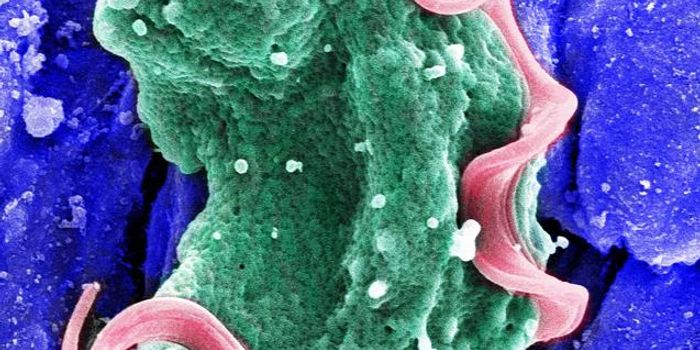Fungus can Easily Release Toxins Into the air
It’s known that some common molds can be harmful to human health; researchers have confirmed that several kinds of fungi that grow indoors on wallpaper produce toxins that can easily go airborne. When they are present in the air, people just inhale them, at which point they can cause illness. Some of these fungi, which can cause so-called sick building syndrome, are described in the video below, and the new work has been published in Applied and Environmental Microbiology.
"We demonstrated that mycotoxins could be transferred from a moldy material to air, under conditions that may be encountered in buildings," explained the corresponding author of the work, Jean-Denis Bailly, DVM, PhD, a Professor of Food Hygiene, at the National Veterinary School in Toulouse, France. "Thus, mycotoxins can be inhaled and should be investigated as parameters of indoor air quality, especially in homes with visible fungal contamination."
The investigators wanted to gather more data on how mycotoxins from indoor fungi present a threat to human health. For this work, the scientists created a model environment in which the flow of air over contaminated wallpaper was modeled, and the speed and direction of the airflow could be controlled by researchers. They then assayed the bioaerosols generated in the experiment.
"Most of the airborne toxins are likely to be located on fungal spores, but we also demonstrated that part of the toxic load was found on very small particles - dust or tiny fragments of wallpaper - that could be easily inhaled," noted Bailly.
Three species of fungus were used in this study: Aspergillus versicolor, Penicillium brevicompactum, and Stachybotrys chartarum. These species are well-characterized, as they are known to be common food contaminants. In addition, they "are frequent indoor contaminants," said Bailly. He explained that they synthesize different mycotoxins. Fungi have mycelia, which are projections that function to harvest nutrients from their environment. The mycelia of these various fungi are also different, which could be leading to the variation in mycotoxins.
There are new questions raised by this research, said Bailly. "There is almost no data on toxicity of mycotoxins following inhalation," he noted, likely because most research has investigated how they contaminate food. These different fungi also appear to contaminate air at different rates, releasing varied levels of mycotoxins.
Bailly suggested that the demand for homes that are very energy efficient could be aggravating this problem. Such homes "are strongly isolated from the outside to save energy," while appliances that use water, like coffee makers "could lead to favorable conditions for fungal growth," he explained.
"The presence of mycotoxins in indoors should be taken into consideration as an important parameter of air quality," concluded Bailly. Check out more on that idea in the following video.
Sources: AAAS/Eurekalert! via American Society for Microbiology, Applied and Environmental Microbiology









